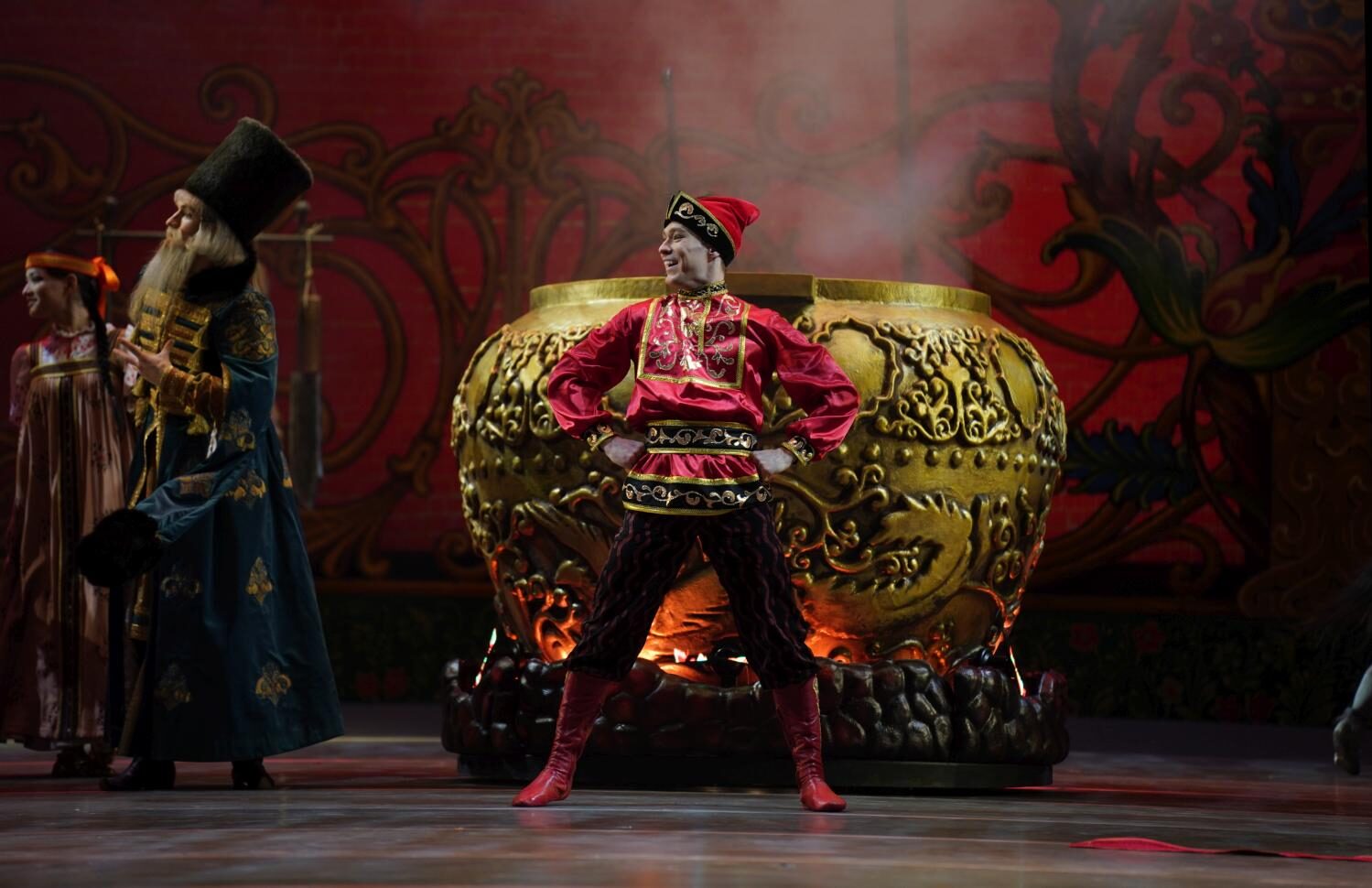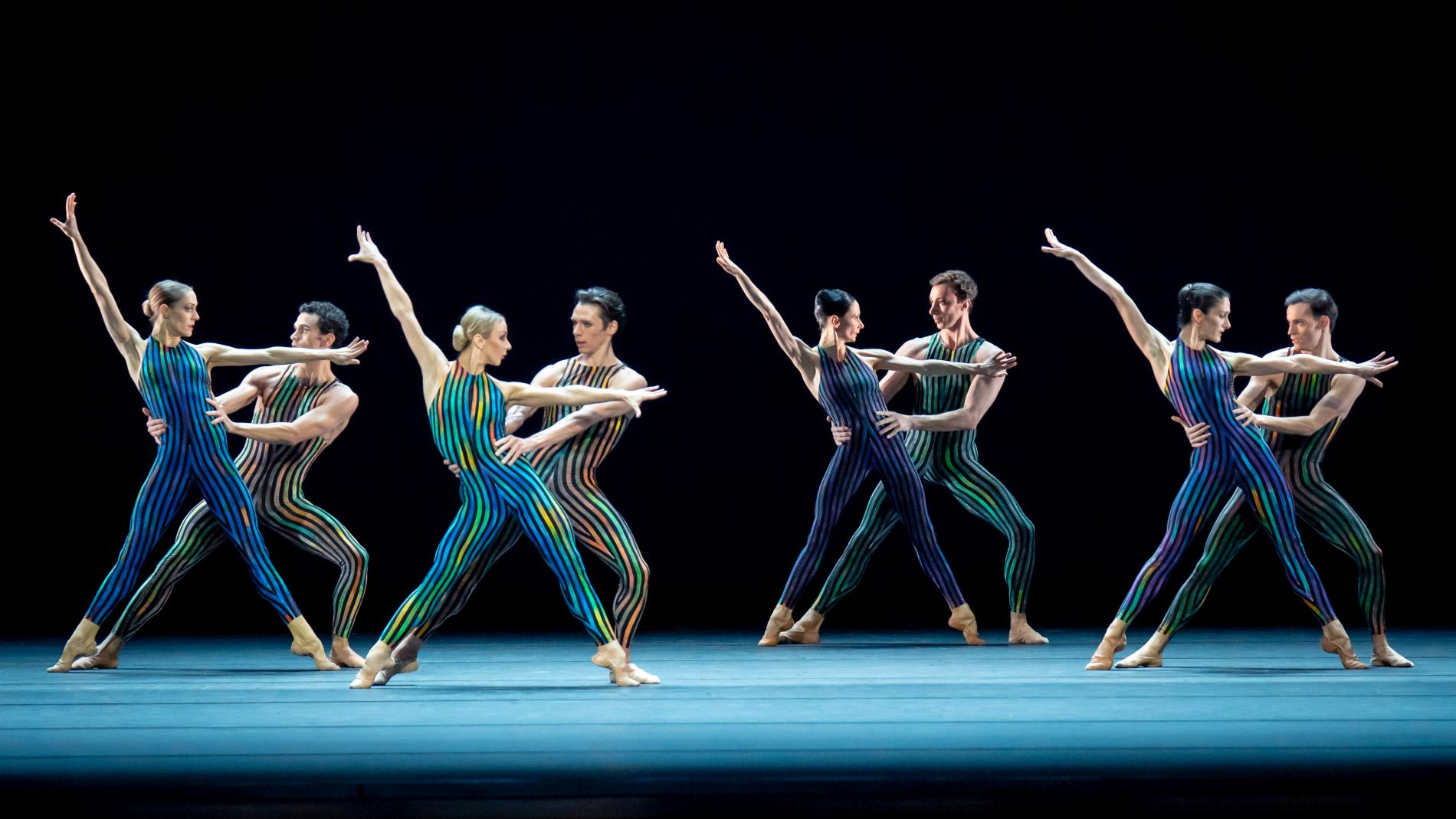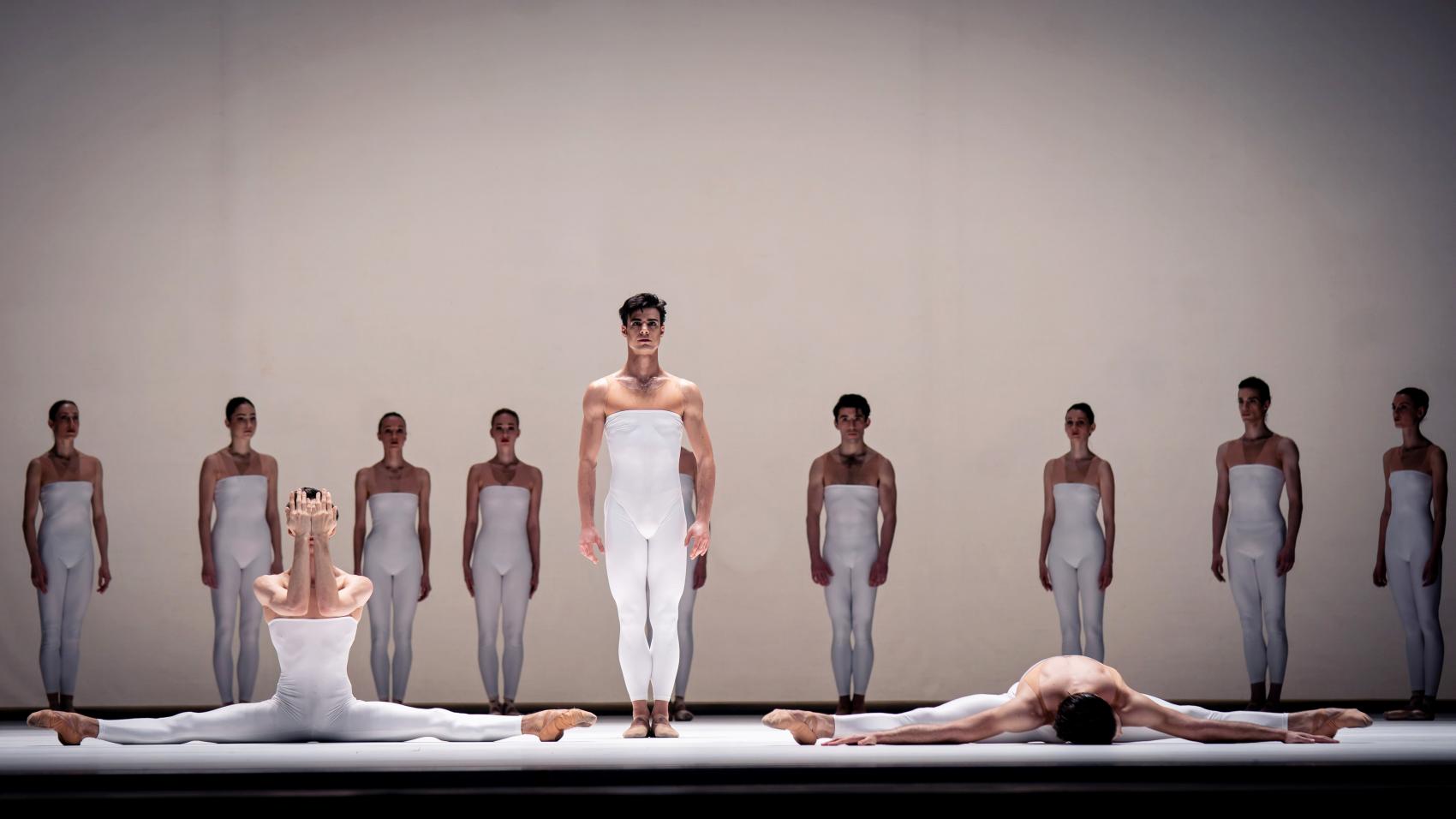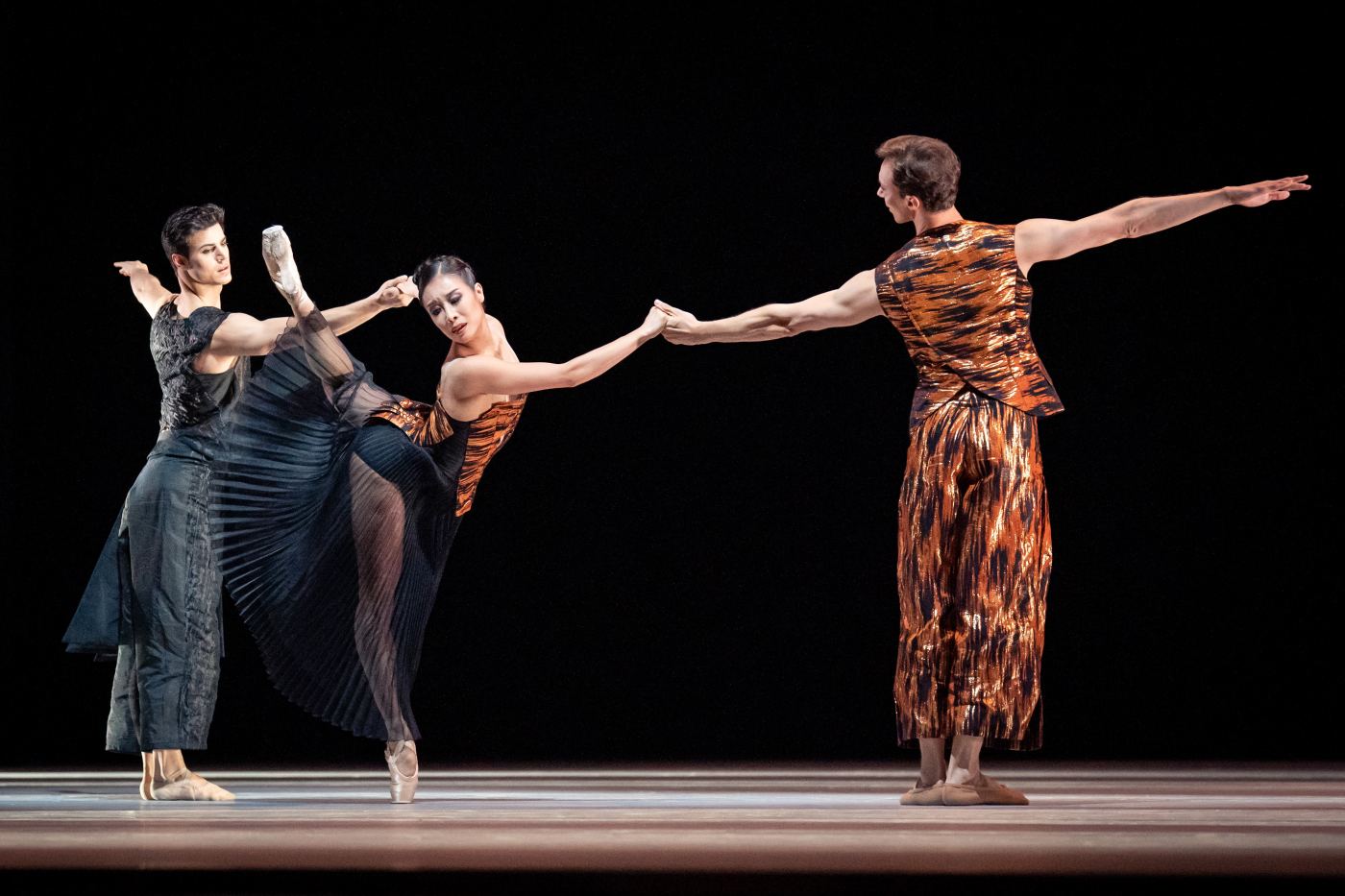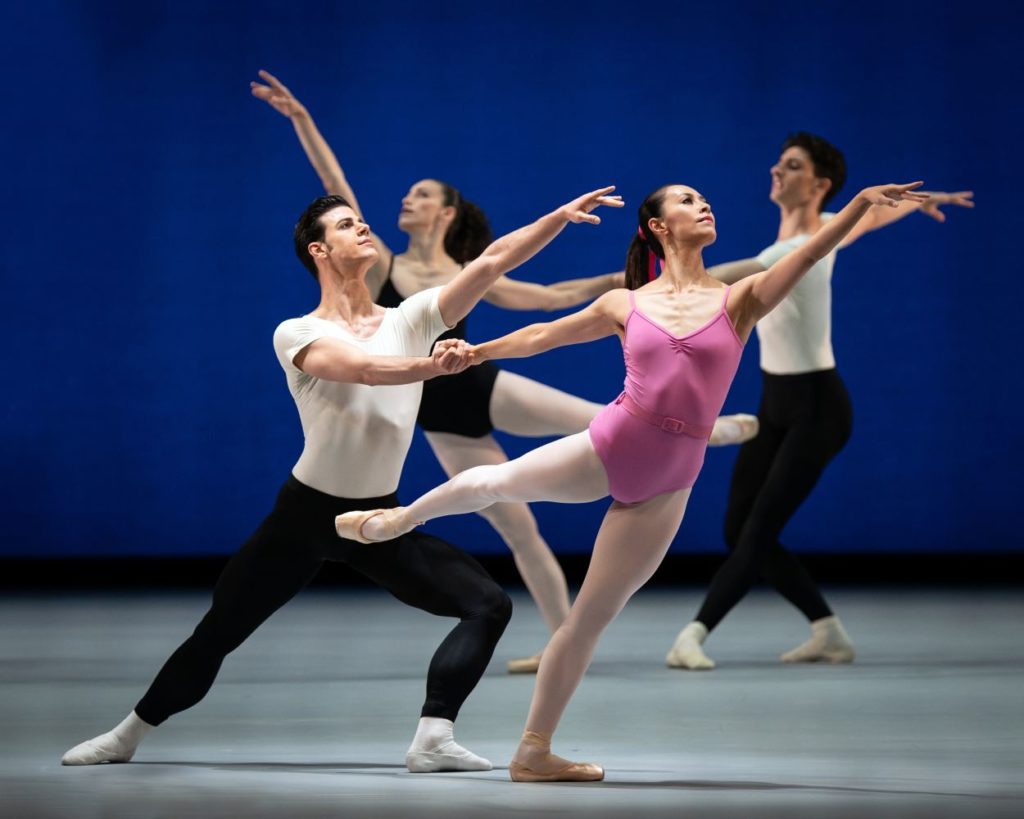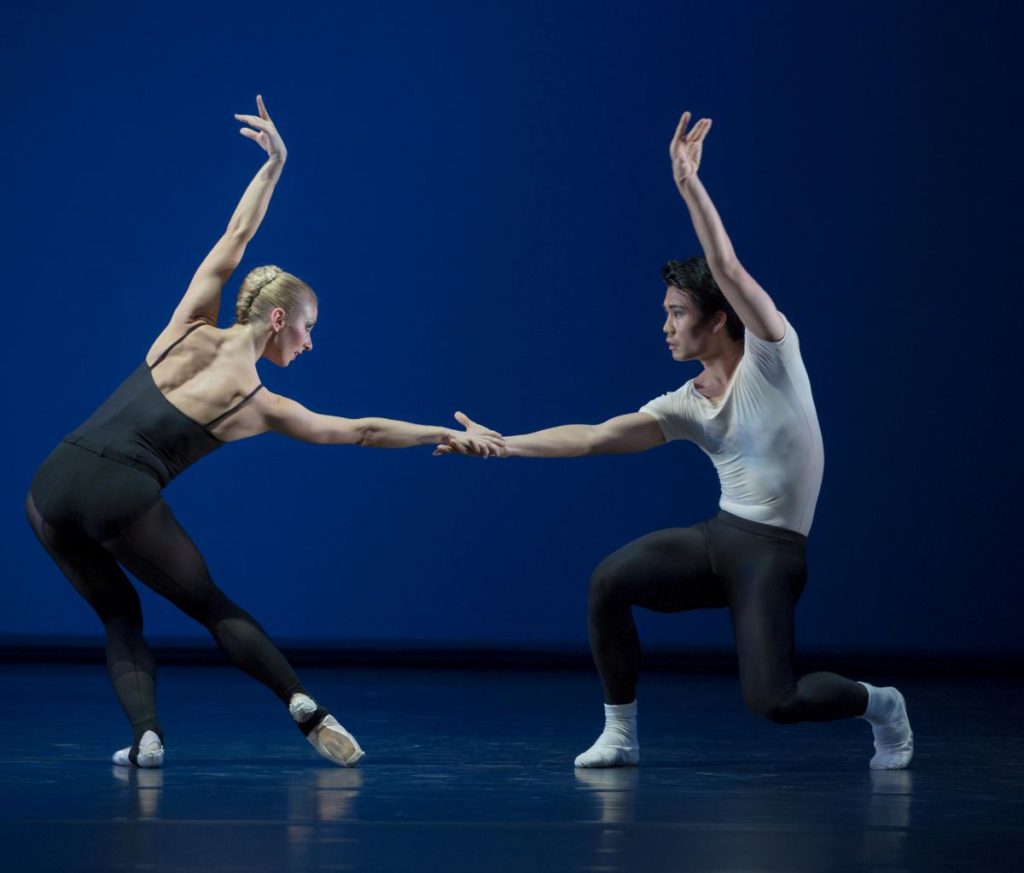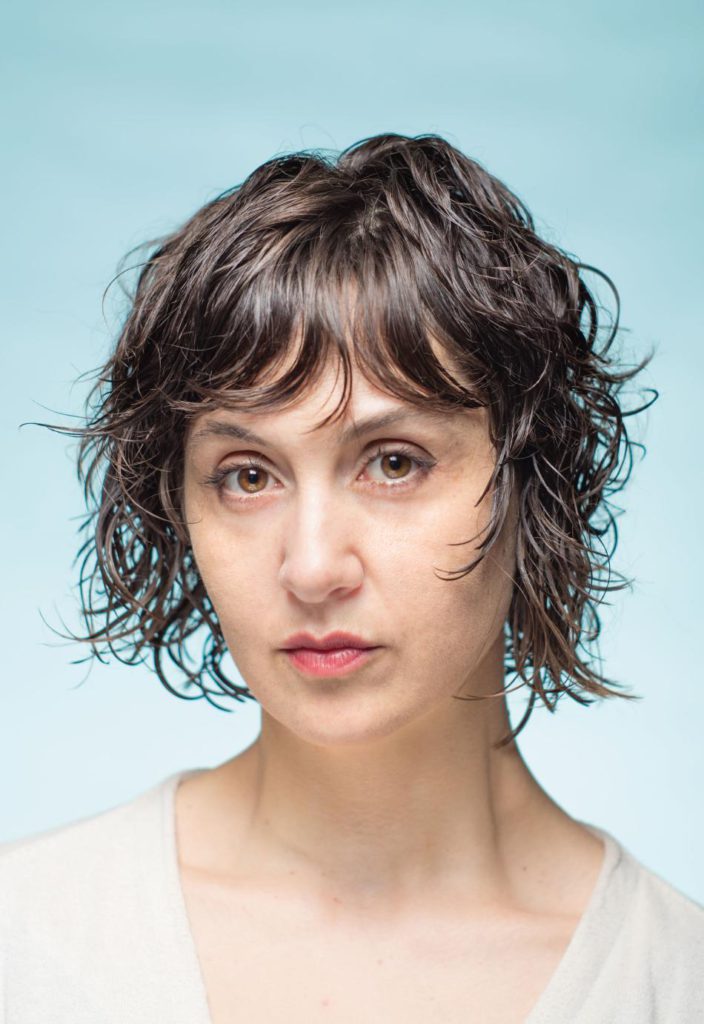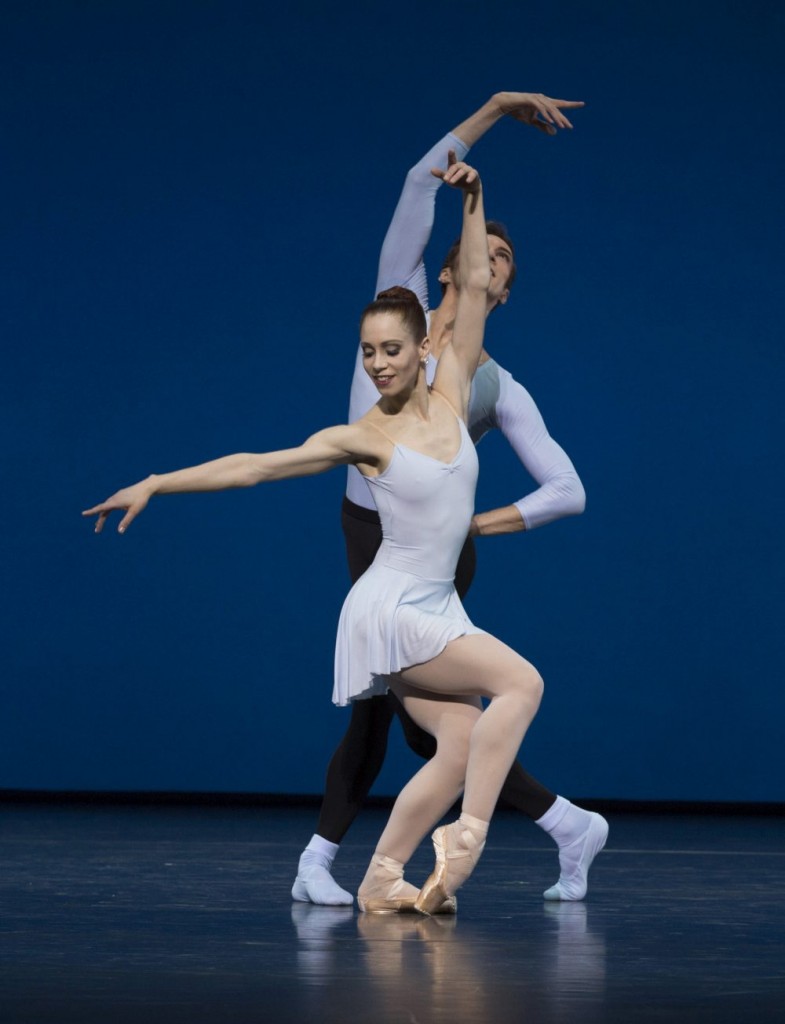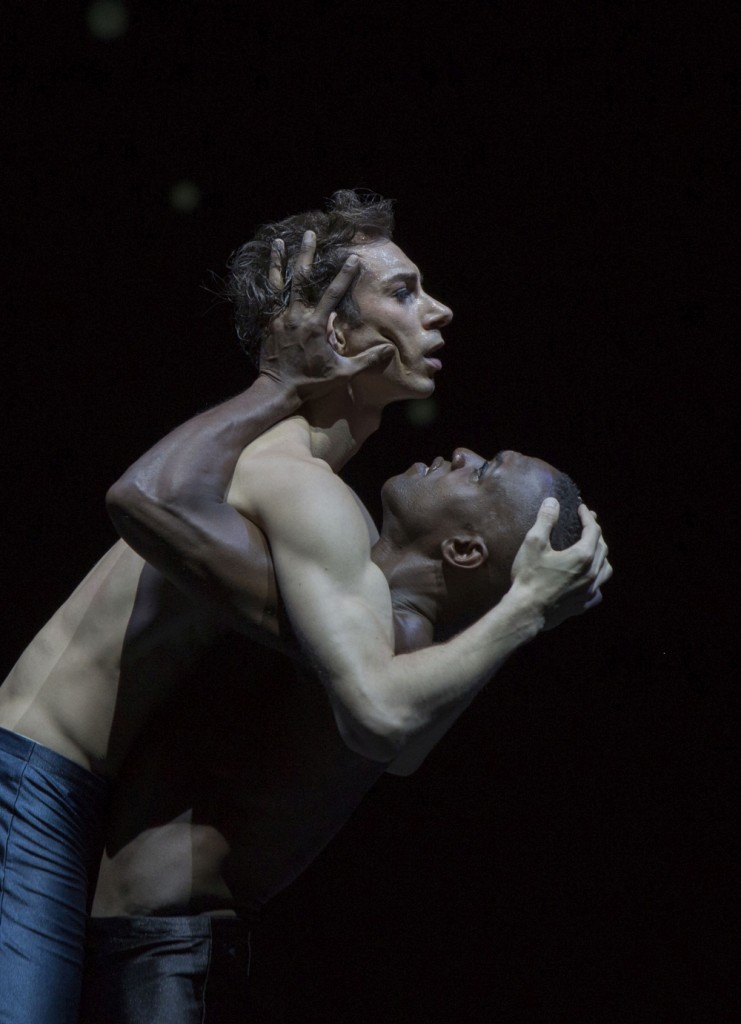Incomprehensible
“The Lady of the Camellias”
Vienna State Ballet
Vienna State Opera
Vienna, Austria
March 24, 2024, (live stream)
by Ilona Landgraf
Copyright © 2024 by Ilona Landgraf
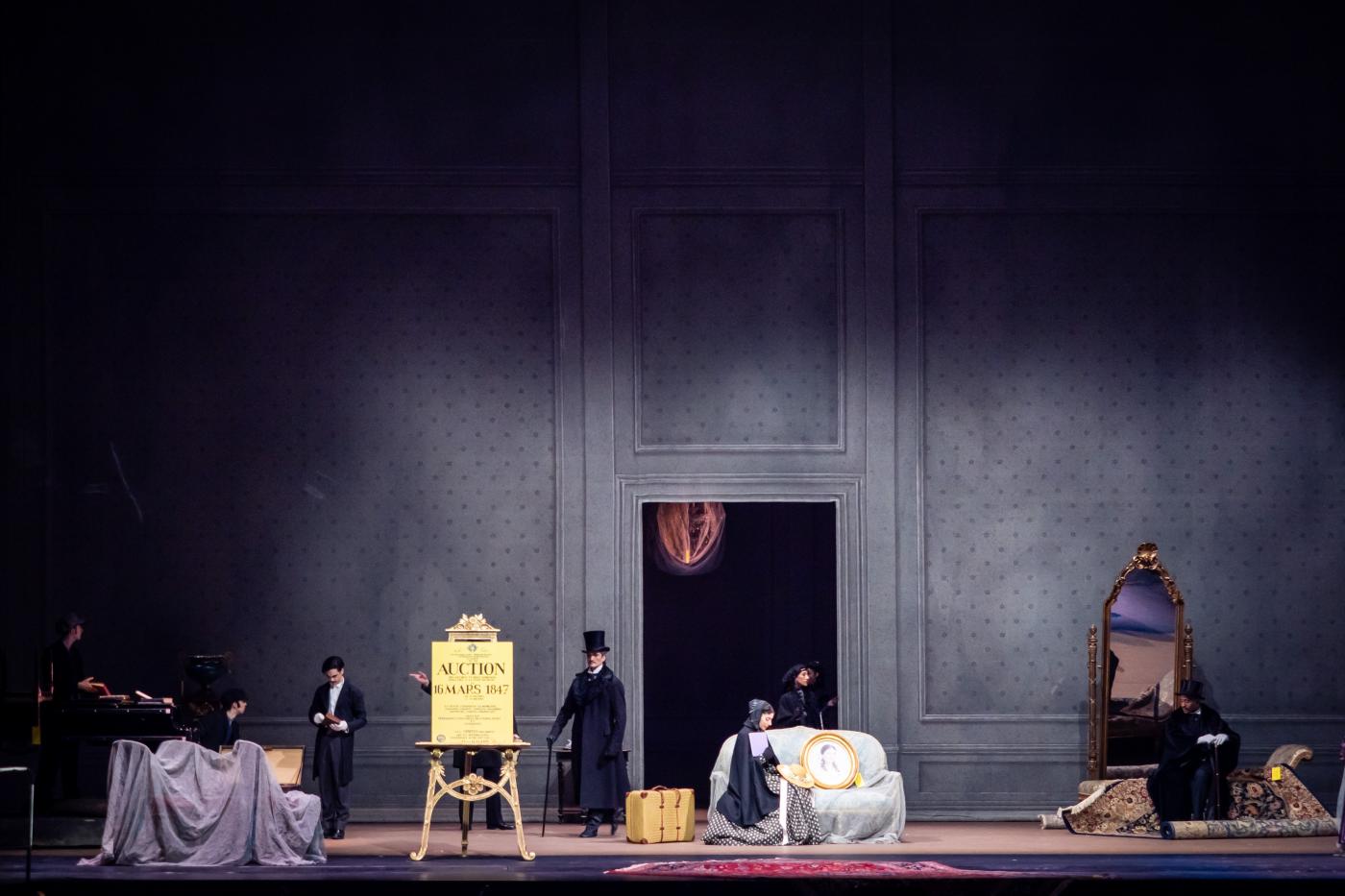 Shouts of “Bravi!” mingled with enthusiastic applause after the curtain closed on John Neumeier’s The Lady of the Camellias last Sunday at the Vienna State Opera. I, who was following the performance on screen, was less happy. Being familiar with this piece as it was performed by other companies, I felt that this premiere left a lot to be desired.
Shouts of “Bravi!” mingled with enthusiastic applause after the curtain closed on John Neumeier’s The Lady of the Camellias last Sunday at the Vienna State Opera. I, who was following the performance on screen, was less happy. Being familiar with this piece as it was performed by other companies, I felt that this premiere left a lot to be desired.
To begin with, the choreography—almost forty-five years after its creation—suffers from the same mannerisms present in large parts of Neumeier’s oeuvre. The tools that he uses to express his protagonists’ inner life are repetitive. For example, books, confectionery, and bunches of flowers slipped from the dancers’ grip to signal astonishment or absent-mindedness. The number of people who stumbled, fell, barged into one another, and ran around precipitously was remarkable. As in other Neumeier-ballets, the buffoon (in this case, Count N., whom Géraud Wielick turned into an especially silly specimen of jealous lover) wore glasses. That Neumeier intertwined Marguerite and Armand’s fate with that of Manon Lescaut—a connection that is inherent in Alexandre Dumas’s novel—would be ingenious if the relevant scenes were less mawkish and didactic. (more…)
